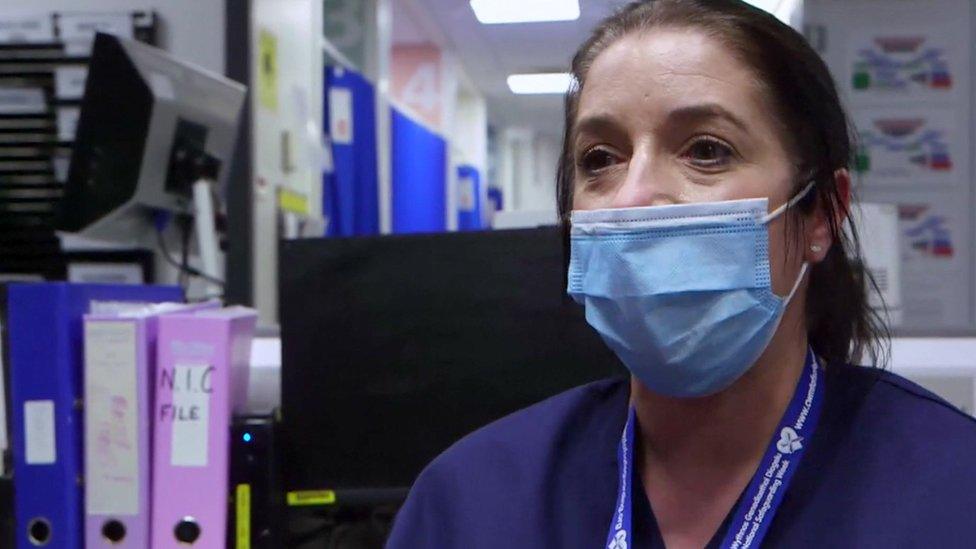NHS 75: Focus on same-day care to free up beds in Wales
- Published
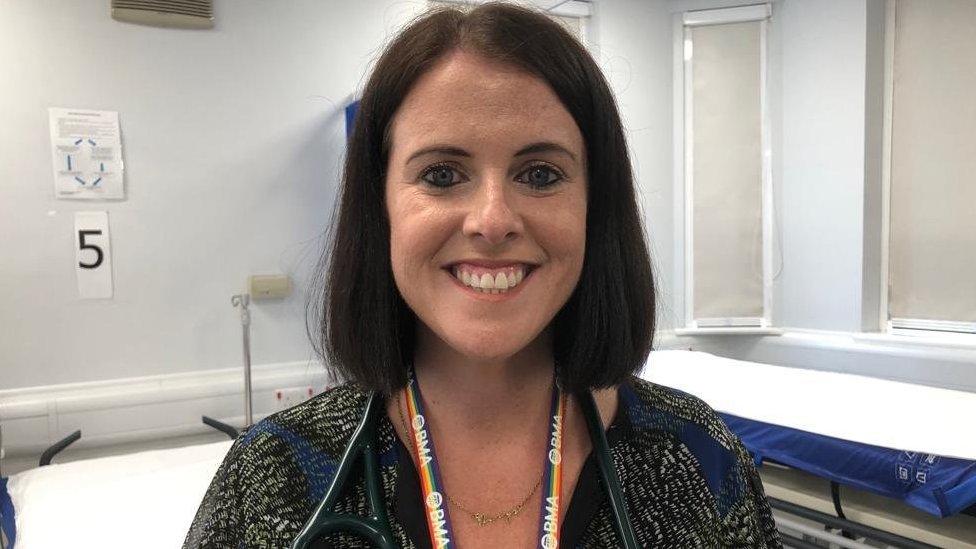
Dr Nerys Conway says patients are becoming much more complex
Of the 70,000 people turning up to A&E each month in Wales, fewer than a quarter will be admitted.
But with so few beds available, the push is to reduce that further.
At the Royal Glamorgan Hospital in Llantrisant, Rhondda Cynon Taf - as with others across Wales - it means a focus on same-day care and redirecting patients out of A&E.
Physiotherapists are on hand for trips, falls or musculoskeletal injuries often linked to sport or nights out.
For those with medical problems - hearts, lungs, or the nervous system - a referral is made to the same-day emergency care unit.
"Acute medicine is a fairly new specialty," said unit head Dr Nerys Conway.
"Where we're different to the emergency department is we don't see trauma, surgery or minor injuries.
"We are seeing patients coming through the door - they are frailer, older, they've got more complex medical issues like diabetes and heart disease, particularly in this area.
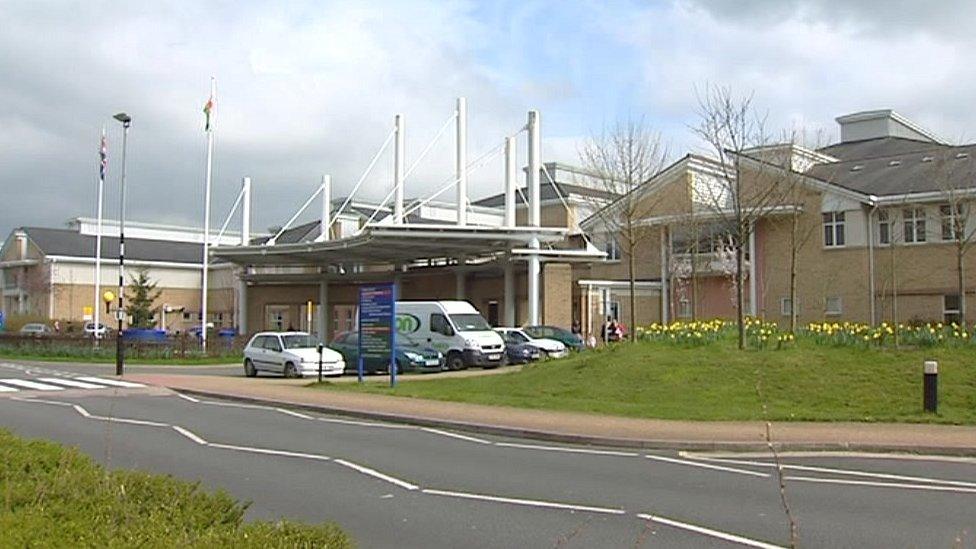
The Royal Glamorgan Hospital serves a large area of the south Wales valleys
"Patients are becoming much more complex, so acute medicine just allows us to deal with all of these issues."
But instead of admitting them, patients can have the relevant tests or scans done that day, before being sent home.
"I could bring them back the next day or the following week or even a couple of weeks later and just review them again. But I manage to do that by avoiding admission while still seeing them safely."
The most recent figures showed emergency departments in Wales experienced the busiest month for two years with 70,310 patients.
The Royal Glamorgan department was no different, with more than 5,200 patients coming through the front doors in May.
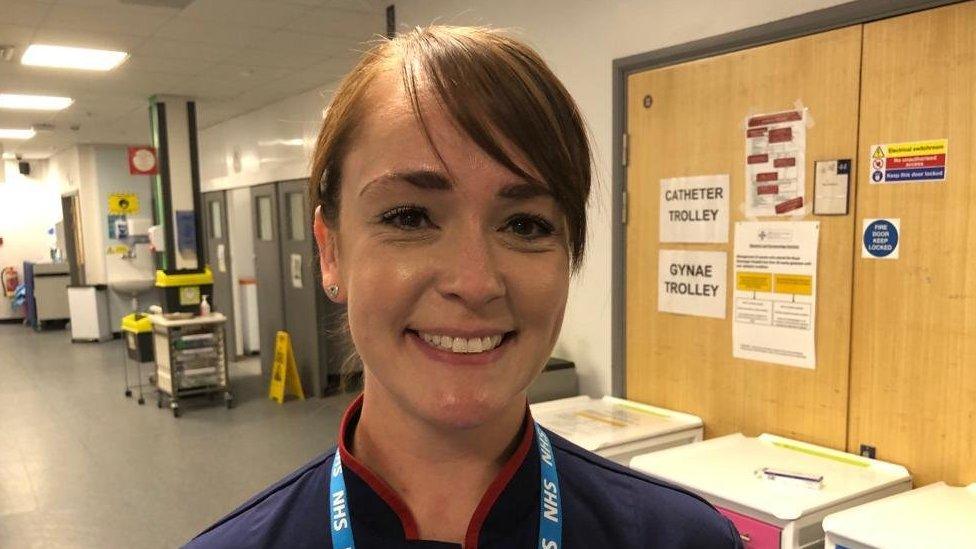
Donna Seldon says the Royal Glamorgan saw 200 patients in its A&E in a day
Contrast that with a weekly snapshot for the end of June showing the number of acute beds available at the hospital was one of the lowest on record, as 97.7% were occupied.
The acute unit on average might see 20 to 30 patients a day, busiest during afternoons and evenings, and while it is relieving some of the pressures on A&E, it is not a magic bullet.
"Yesterday was an extremely busy day," said Donna Seldon, senior nurse in the Royal Glamorgan's emergency department.
Heavy waiting room crowding
"Overall we saw around 200 patients in a 24-hour period - at one point there were 72 patients in the department.
"Each one of the 16 majors trolleys was full, and the crowding was very heavy in the waiting room."
And that's with a full complement of staff, she said.
"Every year we're seeing increasing numbers of attendances in the emergency department - what we're not seeing is an increase in the workforce."
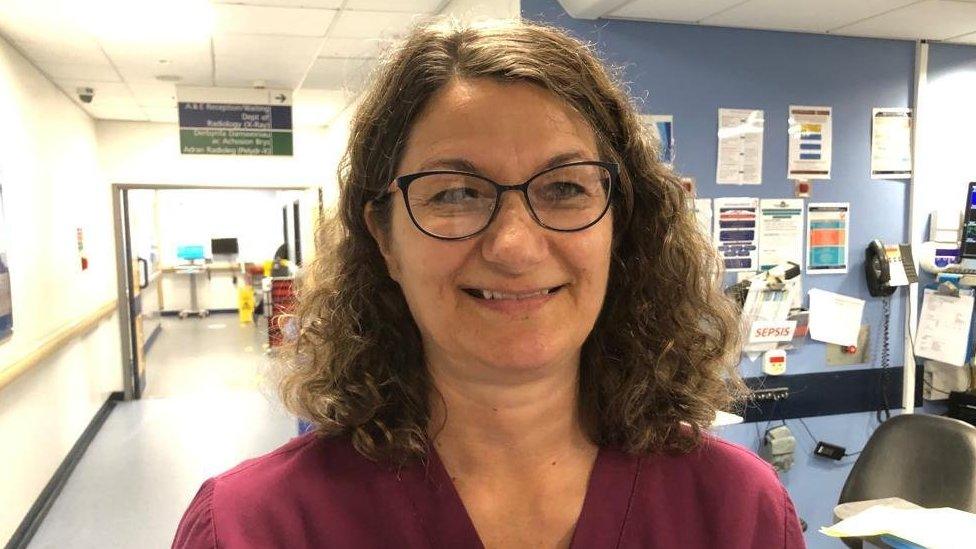
Dr Farrow says finding trollies to manage patients is a daily challenge
"For us in the emergency department, winter pressure is a daily pressure," said Amanda Farrow, clinical lead for the department.
She said the growth of same-day care had meant improved flow through the department, with fewer patients waiting for beds, meaning ambulances have not been left waiting as long outside.
May's official figures for the "hours lost" by paramedics waiting to hand patients over to hospital staff back that up, falling from 2,867 hours to 964.
However, said Dr Farrow: "It's still a daily challenge of finding an available trolley to manage patients. And the waiting rooms can get incredibly full".
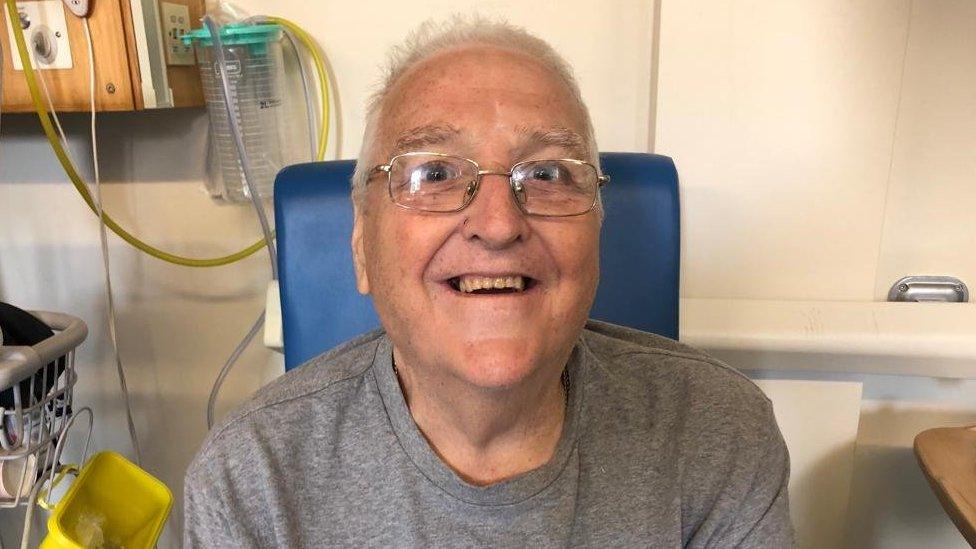
Patient Martin Walton says he prefers the same-day approach
The medical day unit also plays a big part in preventing admission of the very sickest patients, by helping them manage their symptoms and home.
Martin Walters, 70, from Ynyshir in Rhondda Cynon Taf, said: "They know I'm anaemic and am losing blood, so they're testing me to see if I need a blood transfusion.
"When I come here it's just a day turnaround - you come in and then you go home and I prefer that.
"If there's no problem, why take a bed? Leave it for somebody that's worse off than me."
Hepatologist Dr Dai Samuel sees a large number of his patients on the unit too, typically those in liver failure.
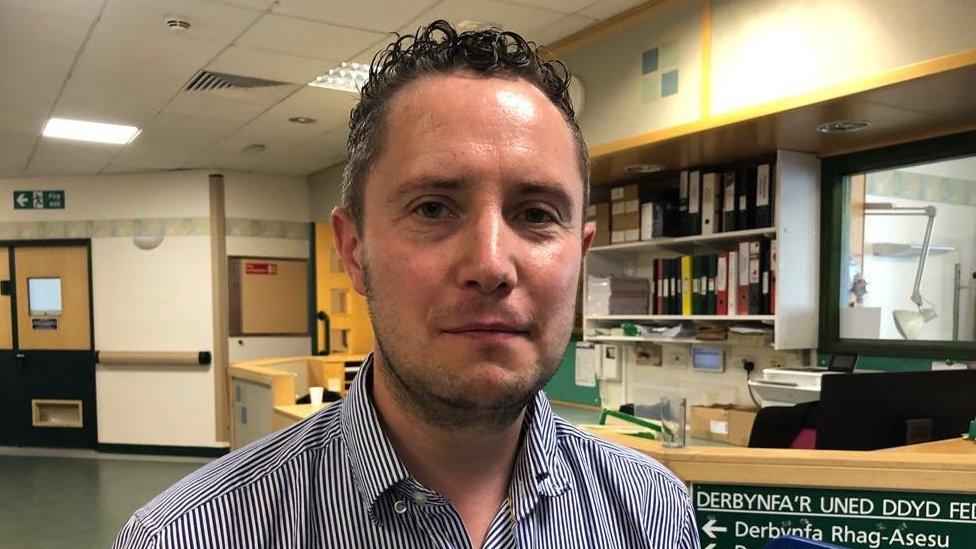
Dr Dai Samuel says it's difficult to get out of hospital once you are admitted
"We can keep some out of hospital. Once you're in hospital, it's actually very difficult to get out," he said.
As clinical director of pathology, he said the shortages in that specialty across the country also affected how quickly tests could be analysed.
"When you come in for a biopsy, you need the pathologists to report it. You then need to work out what's going on. You might need the haematologist or the radiologist to report those scans.
"Without those, the front door literally breaks down overnight and that's the difficulty here - the whole system's under pressure."
Many of the clinical leaders spoke of using staff differently - moving away from the traditional nurse and doctor model, to include more physiotherapists, advanced nurse practitioners and physicians associates.
That in turn "blurs some of the professional boundaries" by giving staff more responsibility, freeing colleagues.
"It's a very difficult time for the NHS and morale is low, but I came back to the Glam because I loved the morale here and the team effort and certainly I'm very lucky to work within a team that is beaten up," said Dr Samuel.
"But they're still one. And I think a lot of hospitals don't have that. And that's what I fear."
- Published16 May 2023
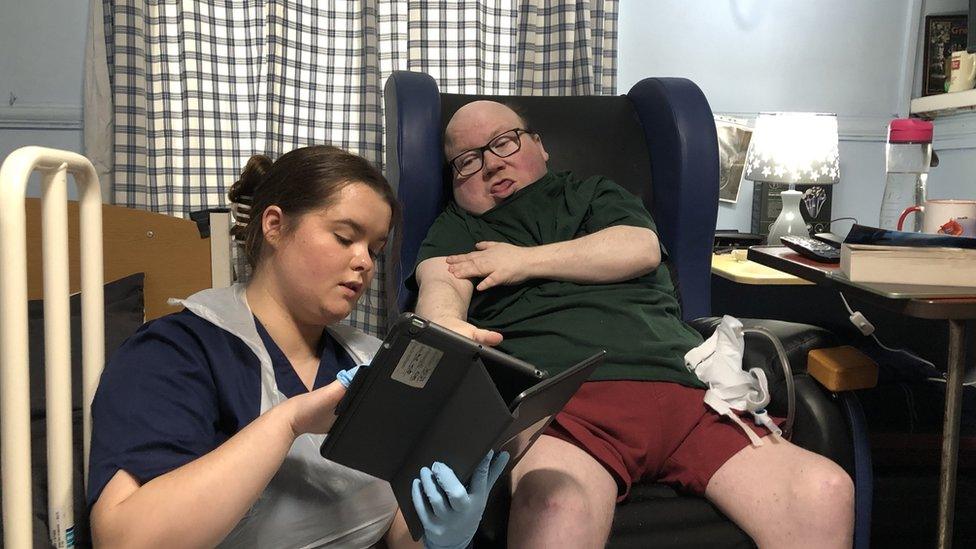
- Published8 December 2022

- Published8 January 2021
